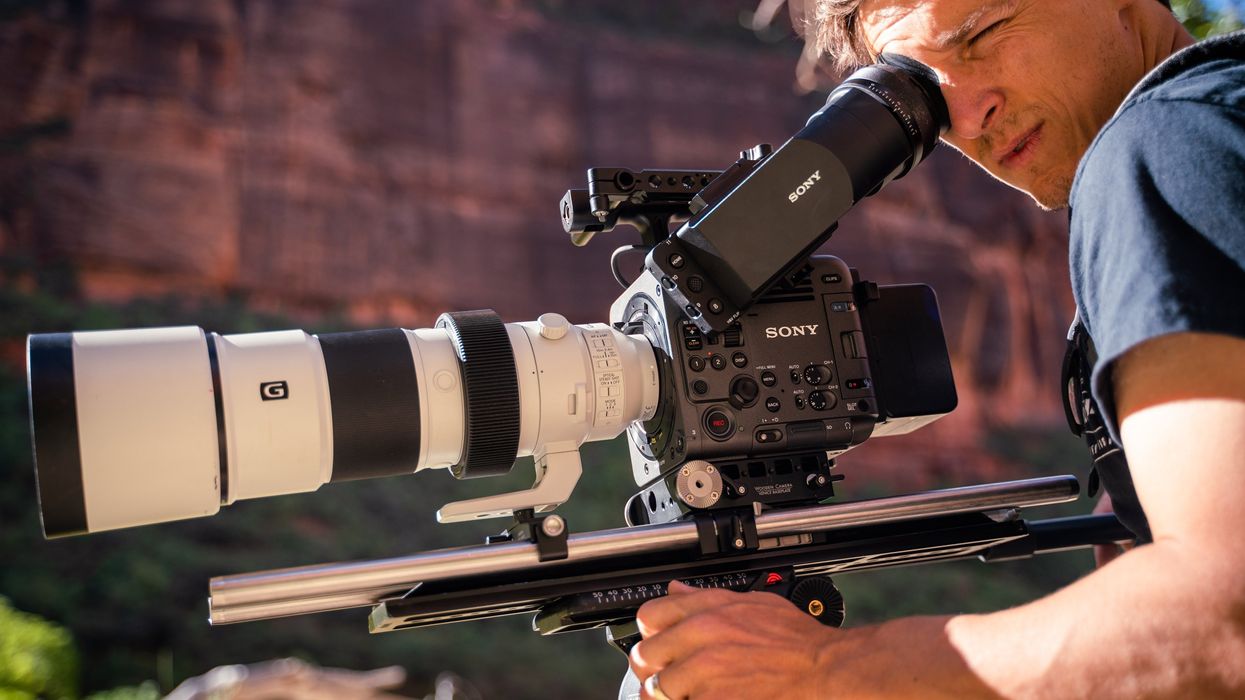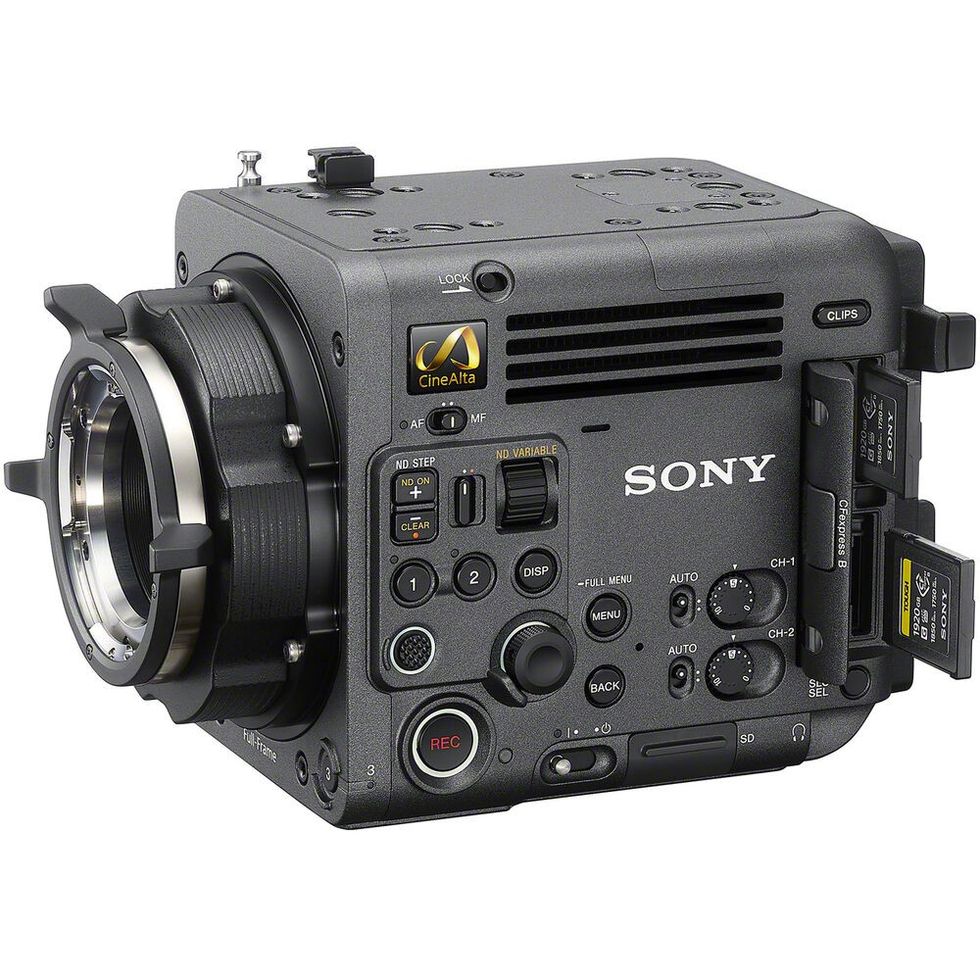Discover How John Nelson & His VFX Team Brought Rachael Back to Life in 'Blade Runner 2049'
The Academy Award-winning VFX supervisor pushed the boundaries of motion capture to create the astonishing reveal. And earn another Oscar nomination.
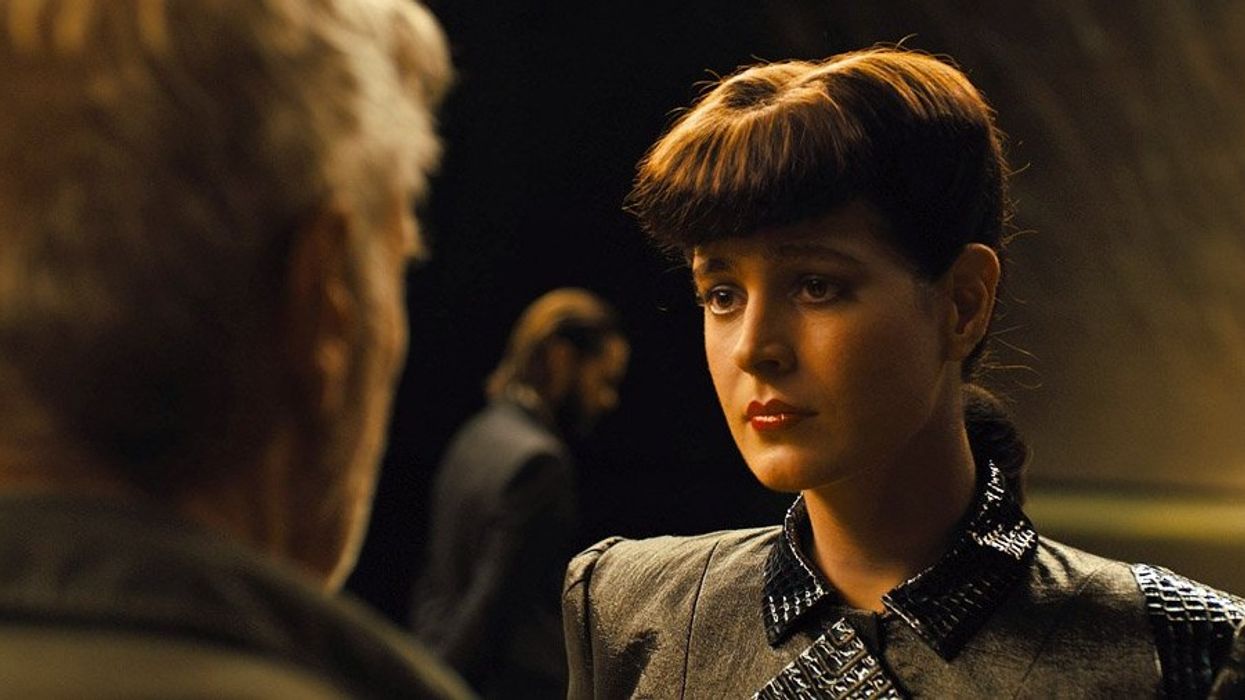
First, a late spoiler alert: Rachael returns in Blade Runner 2049. Honestly, you've had over three months to see the movie, so get over it. Oh, and Han Solo's dead, too. Moving on...
Recreating deceased or younger versions of actors in movies with CGI over the years hasn't typically yielded the best results (Rogue One, anyone? And that was one of the best attempts to date). Sure, the characters look younger, but they don't really look human. They look, well, computer-generated. For an emotionally charged scene toward the end of Blade Runner 2049, the filmmakers needed a familiar face to appear from the first film. To see Deckard's reaction as he lays eyes on Rachael again, and for the audience to believe the moment, the character had to look real—more human than human.
Blade Runner 2049's VFX supervisor John Nelson recognized the potential pitfalls. In a recent interview with Business Insider, Nelson noted, "I looked at all the digital human work and for the most part I could see where it all falls down. We tried to build on the shoulders of everything that had been done before us."
Nelson and his team spent a year experimenting to bring Rachael back to life for the sequel. Working in complete secrecy, they scanned actress Sean Young's head and merged that data with a head cast of the actress from around the time of the original film to create a digital skull for Rachael. The team used footage from the original Blade Runner to de-age the skull.
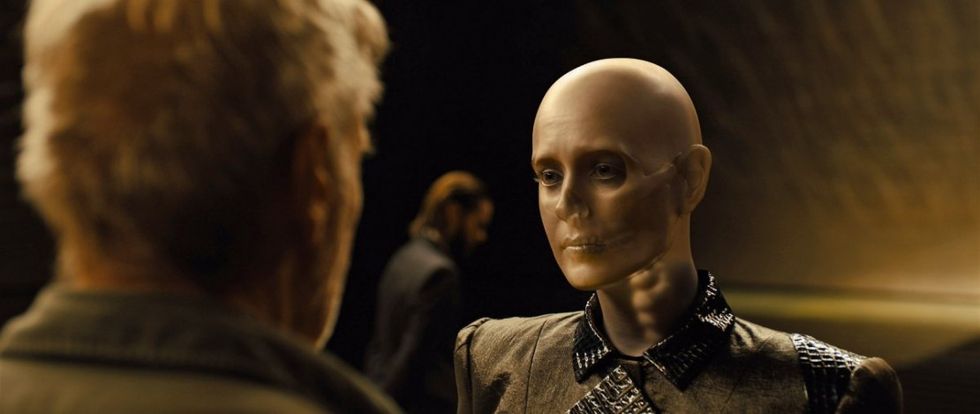
Once Nelson believed they had cracked it, he showed Villeneuve and the producers another test, but not with VFX for the new film. Instead, Nelson showed them scenes of Rachael from the original Blade Runner. Villeneuve and the others were confused—why were they watching clips from the original film? Nelson then revealed that his team had replaced one shot in each clip with the new digital version of Rachael, but no one could tell which shots were original and which were the digital replacement. "I told them what I did and they couldn’t tell, they actually got upset. They were like, 'Why didn’t you tell us?' And I was like, 'Isn’t that the point? It’s supposed to be like the real thing,'" Nelson recalled.
On the set, both Sean Young and her double actress Loren Peta performed the scene with motion capture rigs. Combining the performances with the digital skull and CGI face of Rachael, Nelson worked with Villeneuve to shape the emotions conveyed by the digital double. Young also counseled Villeneuve on set as she watched Peta's performance to let the director know how Young portrayed the character.
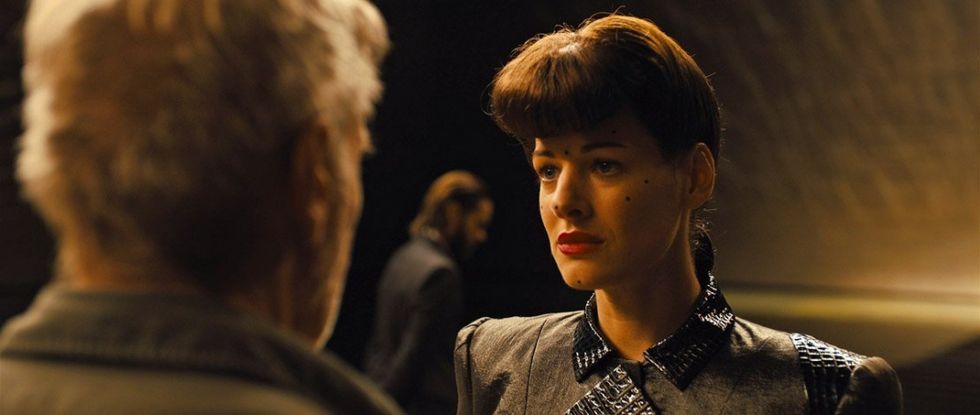
Be sure to check out the complete article on Business Insider to hear more about the VFX from Nelson himself. To see more of Nelson and his VFX team's work to recreate Rachael, check out this video compilation of the effects shots below.
Source: Business Insider
